Sensory food play is an extremely hands-on activity, which lets children engage with their senses through the exploration of different foods and textures through play. When sensory play is focused on food, it becomes even more stimulating a b se food is the ultimate sensory experience.
I know FOOD PLAY is usually not considered a good thing by parents as it is messy, but it is important for them to explore the foods through play.
Sensory food play is not just about playing foods
WHY?
In a study published in Public Health Nutrition, researchers from Finland describe “sensory-based food education” programs that are common in preschools there. The programs include activities like preparing salads, growing vegetables in a garden or on a windowsill, taking field trips to pick berries, and participating in “sensory sessions” where children touch, listen, taste, and smell different kinds of foods—then share observations with each other.
They found that preschoolers who participated in this food education chose more fruits and vegetables from a buffet compared to those who didn’t receive it. Researchers say this sensory-based education helps children explore food with all five senses and instills a joy of eating. They also note that the findings held true even if there was a high level of pickiness in the group—which shows that “positive peer modeling” can also encourage children to try new foods.
- Explore: When we let children explore and play with food, it gives them an opportunity to get to know their food and become comfortable with how it will eventually feel in their mouths.
- Stress-free: Some children are anxious about unfamiliar foods, and Sensory Food Play provides them with some much-needed relaxation when faced with the overwhelming sensory experience of a new food. Smashing, squishing, poking, rolling, pouring, and dumping the food can provide stress relief as well as teach them how that food might feel in their mouth (and they just might try it!).
- Build Trust: The use of Sensory Food Play can assist the child with touching, smelling and playing with the texture in an environment with little expectation. As the child develops trust and understanding of this texture it helps build positive pathways in the brain to say it is safe to engage with this food.
SENSORY FOOD PLAY RULES:
You can set a time and place for playing with food. You can also set the rules and boundaries for this exploration process. If you are worried about the mess or expense, make a rule about that.
- Mess: You can help your children manage their mess with consistent directions and rules. Before you get started, make sure that you have decided where your children are going to be playing. If it is going to be on the floor, put down a splash mat, old shower curtain or blanket. You could also play in the car porch to avoid lots of mess (handy for a rinse over afterwards!). I love to put the infant (6 months+, support with cushion) in highchair and put the messy/food play activity on highchair table. Just remember, the goal is for your children to develop positive feelings and connections with their food, so let them have a little fun with it.
- Clean up: Have a clean up bin ready, such as baby wipes, apron, sponge, paper towels, cleaning spray.
- Expense: Most of my sensory food play items I buy in bulk (e.g., rice, pasta, beans, cereal, oatmeal, yogurt, food coloring, toothpicks, etc.), which saves money in the long run. I often buy canned food items (peas, pears, fruit cups, etc.) or use leftovers. Also, I use items I receive for free at fast food restaurants (ketchup packets, straws, and other dipping containers).
Sensory food play is so important and beneficial for babies and younger children. Not only is it lots of fun, but there is a lot of learning going on when they are playing that you might not realise. I am going to should you some benefits when a child engages in sensory food play.
SENSORY FOOD PLAY SKILLS:
- Sensory system (learning and developing new tastes, textures and smells)
- Gross motor skills (body balancing)
- Fine motor skills (scooping, pincer grasp, writing, dipping)
- Mealtime skills (pouring, tasting)
- Language skills (maths, food vocabulary , following directions)
- Play skills (imaginary play, solitary play)
- Social skills (turn taking, manners) with other children
- Problem solving skills (How to..)
- Brain development (enhancing memory, ability to complete more complex learning tasks)
- Learning cause and effect (what happen after squishing blueberries)
- Growing independence through play
- Creativity and FUN
- Exploring shapes and colours
Here are some fantastic ideas and activities for sensory food play:
Digging in Beans – Get ready to dig, lift, dump, and pour. Fill a pan with dried beans, noodles, or rice and get little trucks or cars out. My son was crazy about this one.

Yogurt Paint – Paint with yogurt. Get your little one touch new veggies while making beautiful art.

Shape Matching – Simple, quick and easy.

Learning Letters – use yogurt to make a letter, and trace the letter with berries or pomegranates.

Stacking – make a tower or building.

Rainbow Toast – Painting on food you can eat!
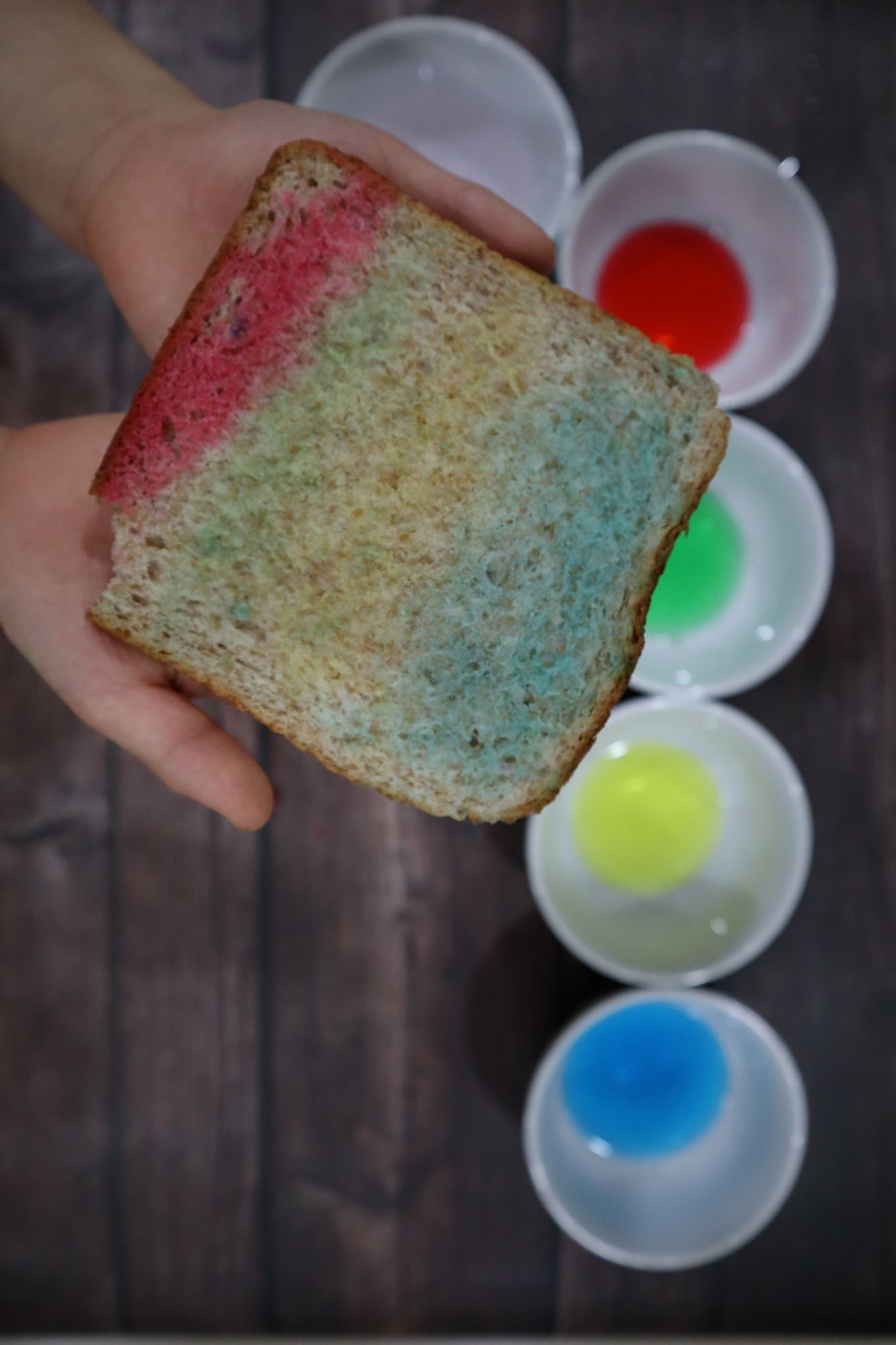
Counting Game – an easy educational game you can create for your little one.
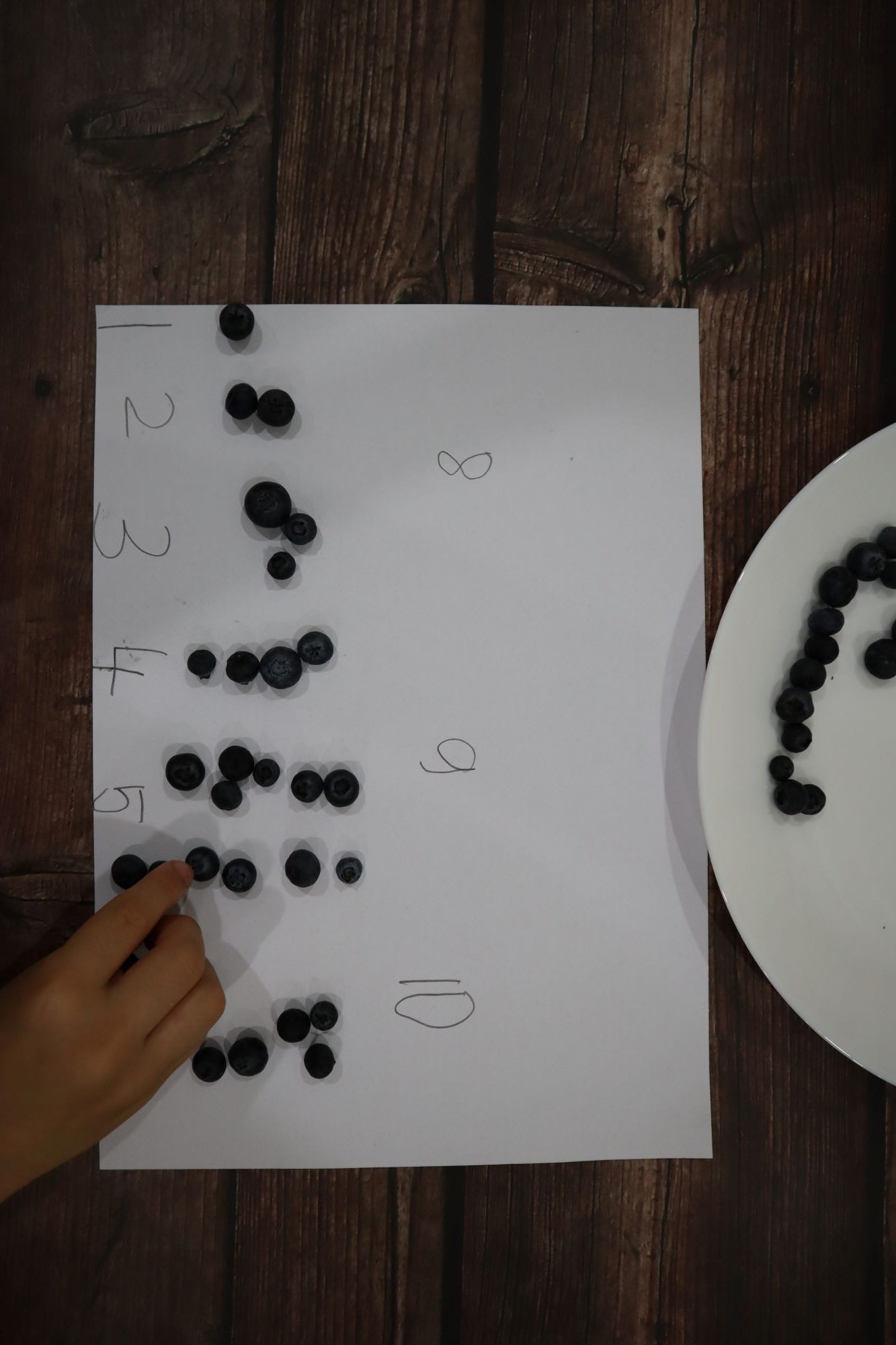
Food Ribbons – use a peeler to turn a fruit or vegetable into ribbons.
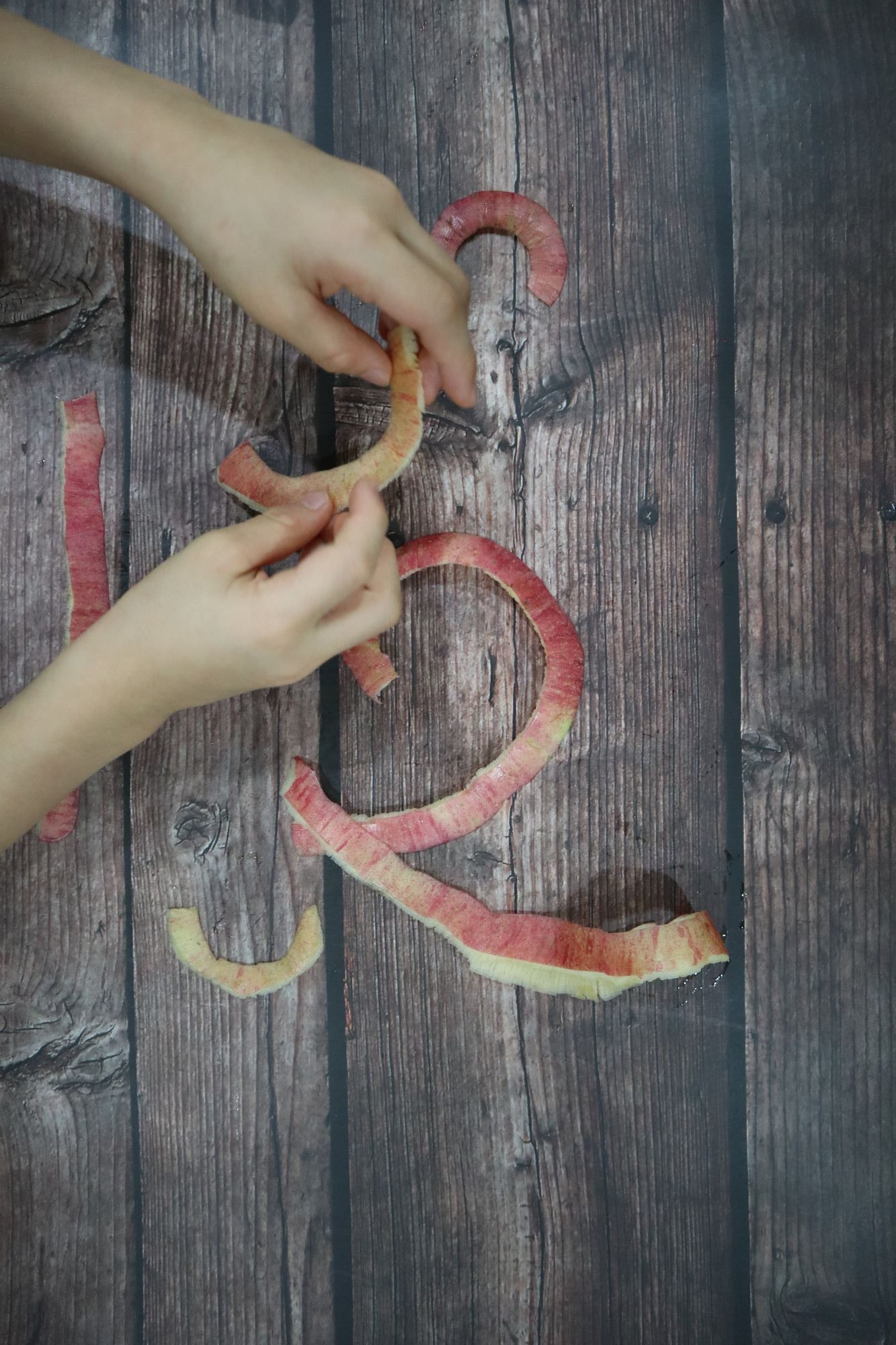
I recommend Sensory Food Play at least once a week at home for picky eaters or problem eaters. Playing with food away from table (without pressure to eat or eat it now) offers your child the opportunity to look at, touch, smell and hopefully tasting the foods.
Sensory food play is vital for a child’s development and learning process! After you discover the key benefits of sensory food play for children in my article today, you may want to initiate sensory food play at home.
DON’T KNOW HOW
If you have no idea, you can check out this SENSORY FUN FOOD PLAY GUIDE. This guide takes you step by step through how to set up food play at home and get your children engaged in more than 100 sensory food play activities. Don’t be afraid to be silly and creative!
Happy Playing!
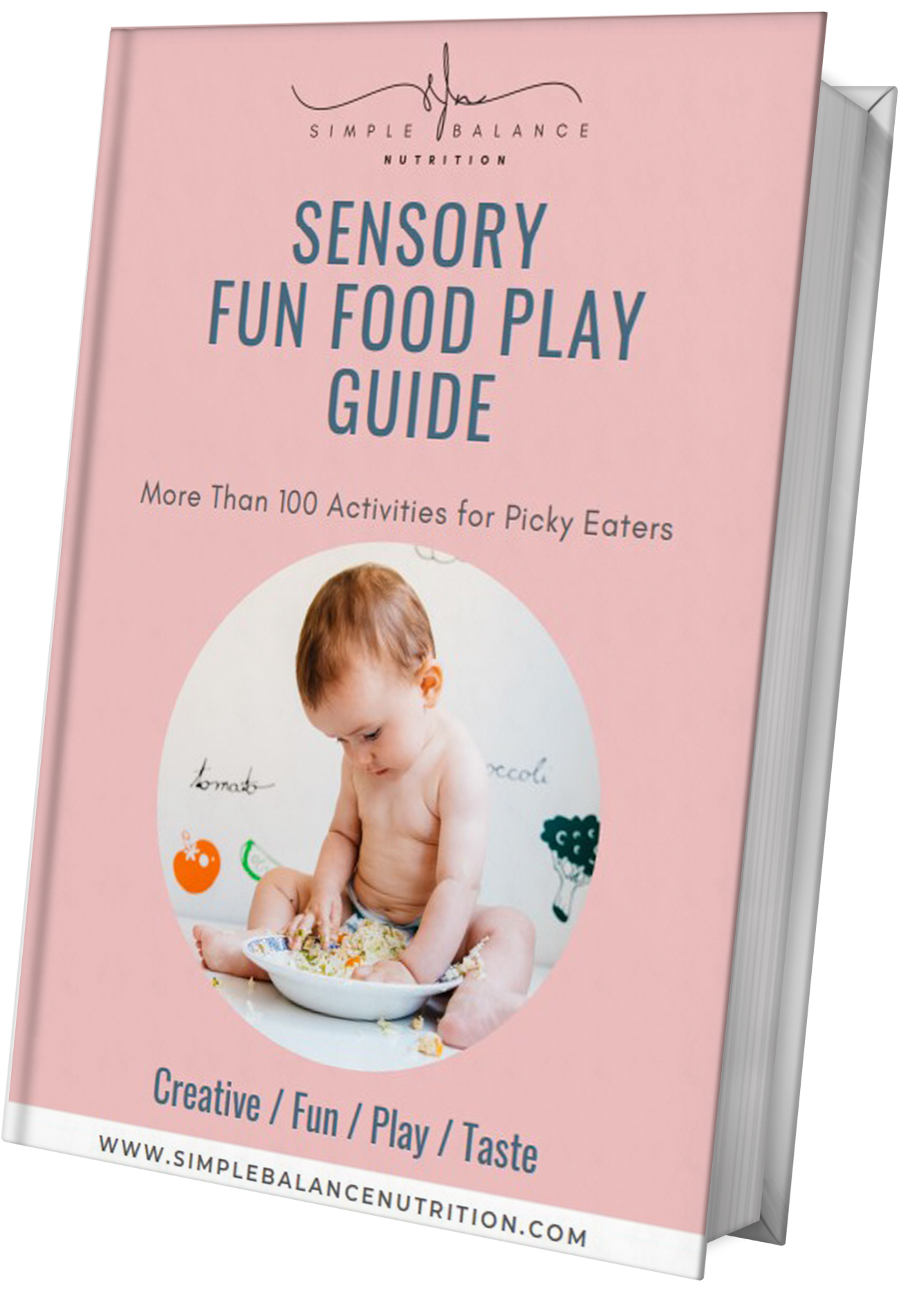

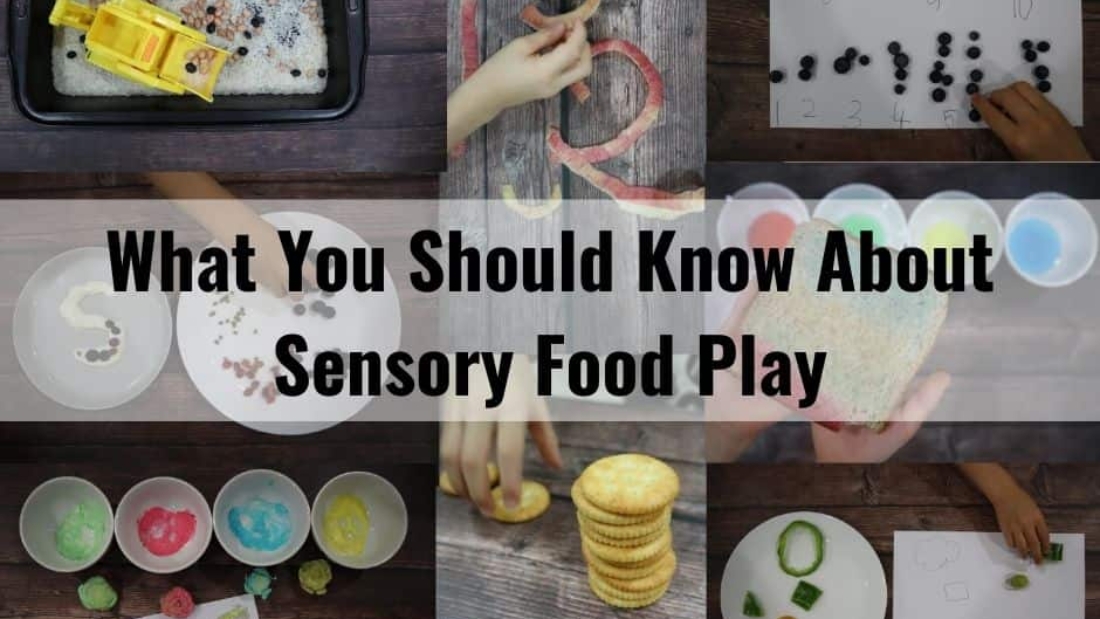
[…] you think your child can benefit from Sensory Food Play to help with their eating, check out Sensory Fun Food Play E-book. It has over 100 activities I […]